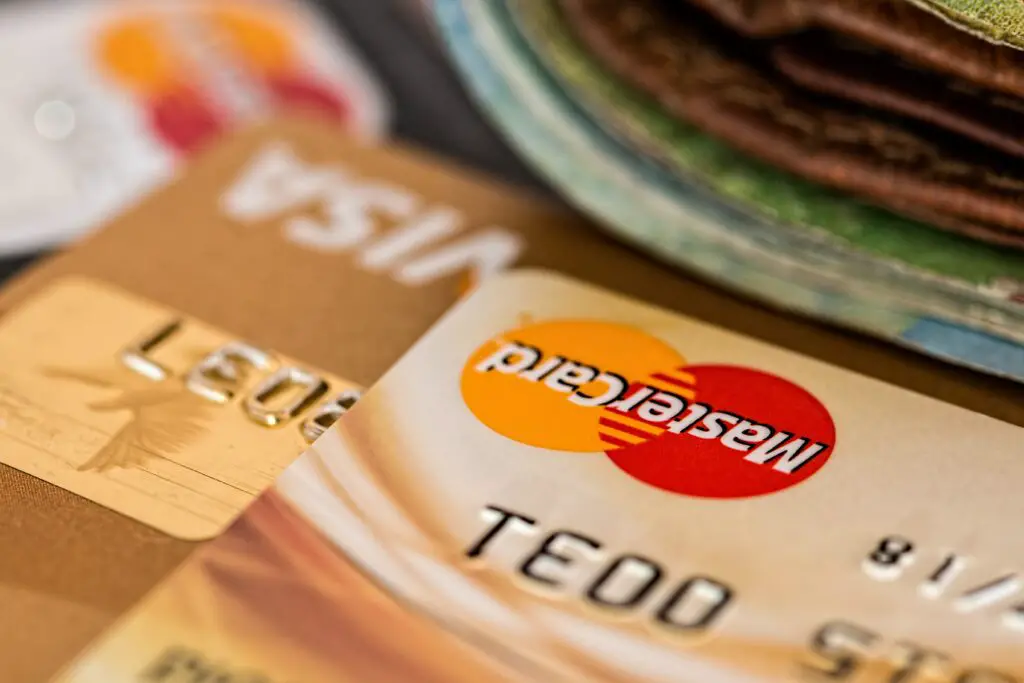If you’re struggling with credit card debt, you’re not alone. In the United States, the average household carries nearly $7,000 in credit card debt, and it can be a daunting task to figure out how to pay it off. However, with the right strategy and a bit of determination, it is possible to get out of debt and take control of your finances. In this ultimate guide, we’ll cover everything you need to know about paying off credit card debt, including the best strategies, tips, and resources to help you succeed.
Step 1: Create a budget
The first step to paying off credit card debt is to create a budget. This will help you understand exactly how much money you have coming in and going out each month, and will allow you to identify areas where you can cut back on spending. To create a budget, start by listing all of your income sources, including your salary, any investments, and any other sources of income. Then, list all of your expenses, including your bills, groceries, and discretionary spending. Subtract your expenses from your income to determine how much money you have left over each month. If you have a surplus, you can use that money to make extra payments on your credit card debt. If you have a deficit, you’ll need to find ways to cut back on your expenses or increase your income in order to free up money to put towards your debt.
Step 2: Stop using your credit cards
The next step to paying off credit card debt is to stop using your credit cards. This may seem counterintuitive, but continuing to use your credit cards while you’re trying to pay off debt will only make the problem worse. Instead, cut up your credit cards or put them in a safe place where you won’t be tempted to use them. This will help you avoid adding to your existing debt and will allow you to focus on paying off what you already owe.
Step 3: Consider a balance transfer
If you have credit card debt with a high interest rate, one strategy you can use is a balance transfer. This involves moving your existing credit card debt to a new credit card that has a lower interest rate. This can save you money on interest charges and make it easier to pay off your debt. To do a balance transfer, you’ll need to apply for a new credit card and request that your existing debt be transferred to it. Keep in mind that some credit cards charge a fee for balance transfers, so be sure to compare offers and read the fine print before making a decision.
Step 4: Make more than the minimum payment
When it comes to paying off credit card debt, it’s important to make more than the minimum payment each month. The minimum payment is the smallest amount you can pay on your credit card bill without incurring a late fee. While making the minimum payment may seem like a good idea because it’s the lowest amount you can pay, it actually keeps you in debt for longer. That’s because the majority of the minimum payment goes towards covering the interest on your debt, with only a small portion going towards the principal. By making more than the minimum payment each month, you’ll pay off your debt faster and save money on interest charges.
Step 5: Consider a debt consolidation loan
If you have multiple credit card accounts with different interest rates, it can be difficult to keep track of your payments and know how much you need to pay each month. In this situation, a debt consolidation loan can be a helpful tool. A debt consolidation loan is a single loan that pays off multiple debts, such as credit card balances. This can make it easier to manage your payments and can often save you money on interest charges. To apply for a debt consolidation loan, you’ll need to have good credit and a steady income. If you’re approved, the lender will pay off your existing credit card balances and you’ll be left with a single loan to repay.
Step 6: Prioritize your debts
Another strategy for paying off credit card debt is to prioritize your debts. This means focusing on paying off the credit card with the highest interest rate first, while making the minimum payments on your other credit cards. Once you’ve paid off the credit card with the highest interest rate, move on to the next highest and continue until all of your credit card debts are paid off. This strategy can save you money on interest charges and can help you pay off your debts faster.
Step 7: Seek professional help
If you’re struggling to pay off your credit card debt, it may be time to seek professional help. There are several organizations and agencies that can provide assistance, including credit counseling agencies and debt settlement companies. Credit counseling agencies offer education and advice on how to manage your debt, and can often help you develop a repayment plan that works for your situation. Debt settlement companies, on the other hand, negotiate with your creditors on your behalf to try to get them to agree to lower your outstanding balances. Both of these options can be helpful, but it’s important to research and compare different organizations before choosing one to work with.
Conclusion:
Paying off credit card debt can seem like an overwhelming task, but with the right strategies and resources, it is possible to get out of debt and take control of your finances. By creating a budget, stopping using your credit cards, considering a balance transfer or debt consolidation loan, making more than the minimum payment, and seeking professional help if needed, you can pay off your credit card debt and achieve financial freedom.

